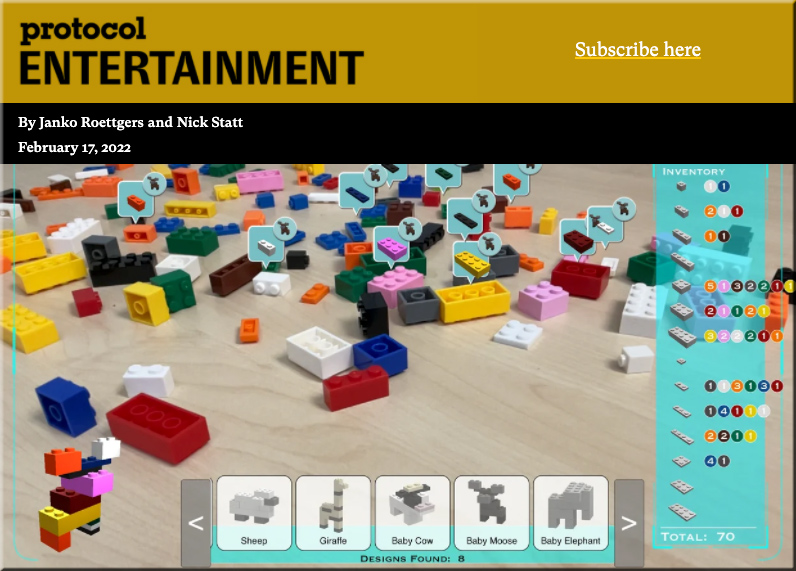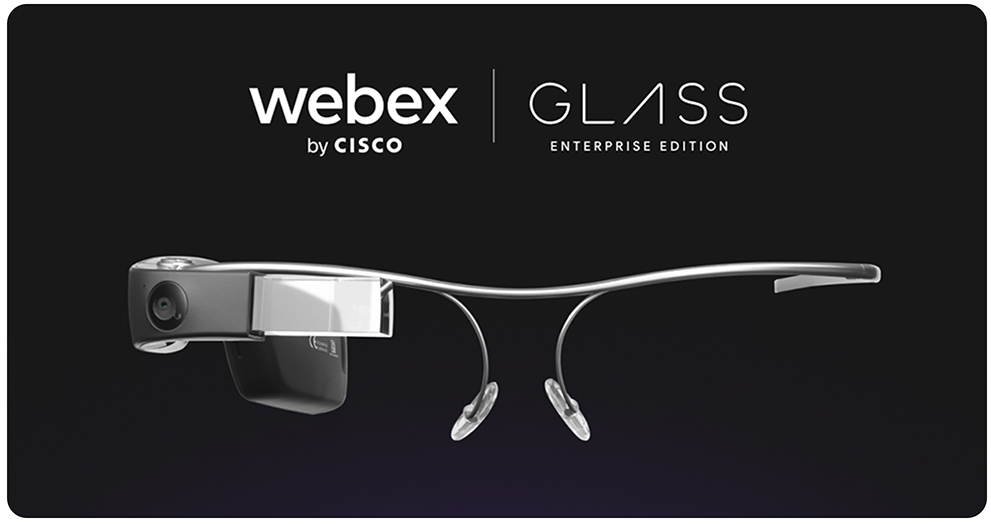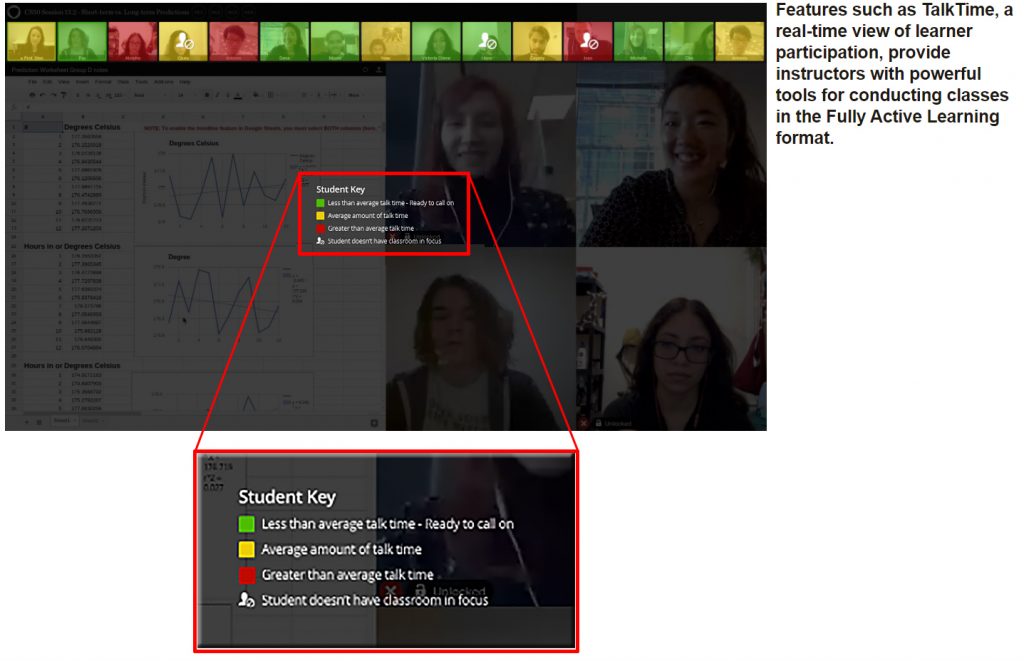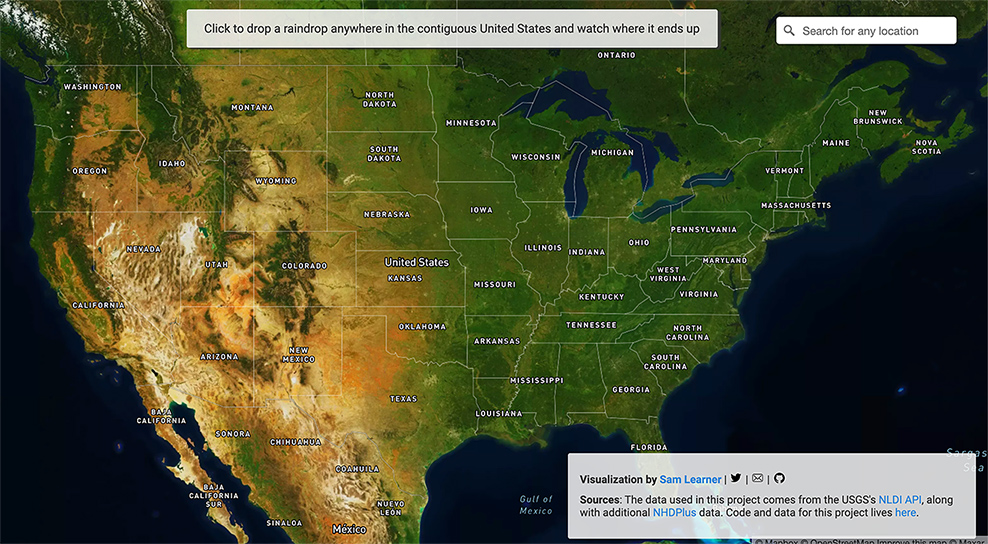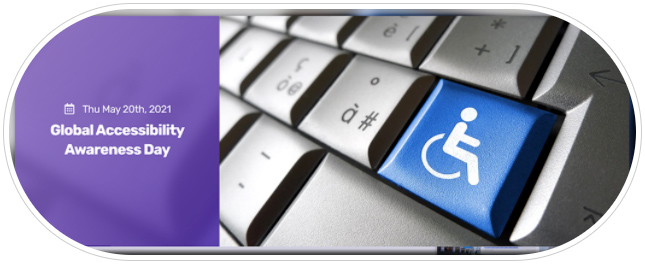From DSC:
Seeing the functionality in Freehand — it makes me once again think that we need to use more tools where faculty/staff/students can collaborate with each other REGARDLESS of where they’re coming in to partake in a learning experience (i.e., remotely or physically/locally). This is also true for trainers and employees, teachers and students, as well as in virtual tutoring types of situations. We need tools that offer functionalities that go beyond screen sharing in order to collaborate, design, present, discuss, and create things. (more…)
The AR Roundup: March 2022 — from linkedin.com by Tom Emrich
Excerpt:
Every month I round up what you may have missed in Augmented Reality including the latest stats, funding news and launch announcements and more. Here is what happened in augmented reality between March 1-31, 2022.
“The metaverse is no longer a single virtual world or even a cluster of virtual worlds. It’s the entire system of virtual and augmented worlds,” Chalmers tells me over Zoom. “Where the old metaverse was like a platform on the internet, the new metaverse is more like the internet as a whole, just the immersive internet.”
~ David Chalmers, Philosopher and Author of Reality+
AR object recognition can give you superpowers — from by Janko Roettgers and Nick Statt
Excerpt:
Making sense of AR, one Lego brick at a time
Singulos Research CEO and CTO Brad Quinton poured a bunch of Lego bricks onto his desk during a recent Zoom call. Then, he picked up an iPad, fired up a demo app and opened the app’s camera mode. Immediately, the app began to identify individual bricks, counting and cataloging them by shape and color, and then suggesting different animals he could build with those specific bricks.
The playful and fun demo was meant to show off the capabilities of the Perceptus Platform, an AR object-recognition technology Singulos has been building in stealth over the past three years. The platform could soon help developers build smarter AR apps and services. “It gives AR applications the visual context of what’s around them,” Quinton said, and that could be key to building AR glasses people will actually want to wear.
From DSC:
This is a great use of Augmented Reality (AR)! Very slick! It’s beneficial, practical, and likely an example of what is to come.
Why Wall Street thinks the metaverse will be worth trillions — from fortune.com by Bernhard Warner; resource from Ori Inbar on Twitter
Also from Ori Inbar:
- China’s Big Tech leads in VR and AR patent applications. But China’s metaverse may look different from everyone else’s — from fortune.com by Yvonne Lau
Cisco and Google join forces to transform the future of hybrid work — from blog.webex.com by Kedar Ganta
Excerpts:
Webex [on 12/7/21] announced the public preview of its native meeting experience for Glass Enterprise Edition 2 (Glass), a lightweight eye wearable device with a transparent display developed by Google. Webex Expert on Demand on Glass provides an immersive collaboration experience that supports natural voice commands, gestures on touchpad, and head movements to accomplish routine tasks.
Tips To Use Virtual Training For User Education & Immersive Site Tours — from elearningindustry.com by Stephanie Ivec
While virtual reality safety and equipment training have been around the longest, more and more organizations are seeing the benefits of virtual reality for new uses, like the site tours and user education.
Excerpt:
Software tools or systems, surgical devices, and even board games commonly require end user training or customer education in order for the customer to get the most out of the item they’ve purchased. Over the years, user education and training has evolved from lengthy user manuals to online videos to fully immersive experiences. Virtual and augmented reality videos are an engaging way to make customers feel more comfortable with a new product, procedure, or system.
Addendum on 6/11/21:
- Assessing Extended Reality’s Potential — from avnetwork.com by Margot Douaihy
VR and AR still mystify some integrators, but advocates say the potential of extended reality (XR) solutions is staggering.
VR costs continue to decrease as processing power increases. Tethered and wireless HMDs (head-mounted displays) are becoming more compact and easier to use. From the HTC Vive Pro 2 to Oculus Quest 2, there are solutions for various budgets. VR is no longer cost-prohibitive.
The AR ecosystem is evolving, too. Apple’s ARKit and free AR mobile apps like Adobe Aero are inviting more people into the content creation space.
It’s a different calculus for adoption in commercial sectors, however. Return on investment and utilization throughout the product lifecycle are primary concerns.
7 Things You Didn’t Know PowerPoint Could Do That Will Make Your Next Presentation POP! — from Dr. Echo Rivera; posted 4/20/21
Excerpt:
I’m going to show you more than 7 Powerpoint features, but I’ve broken them down into 7 categories.
Here are those seven categories:
- Accessibility
- Photo Editing
- Interactivity
- Animations
- Custom Visuals
- Data Visualization
- Saving Time









